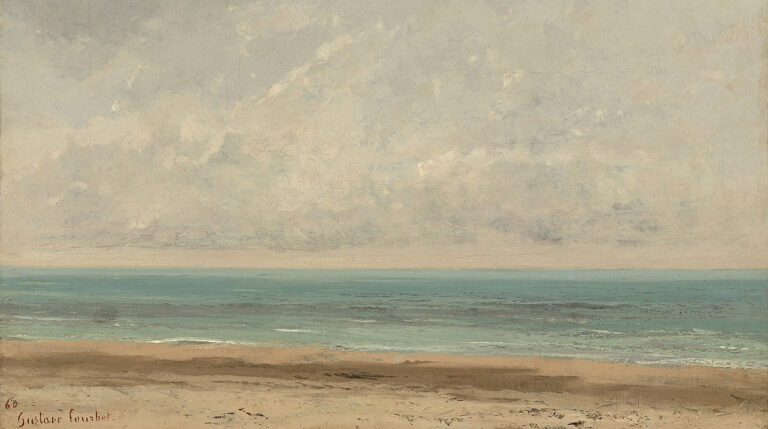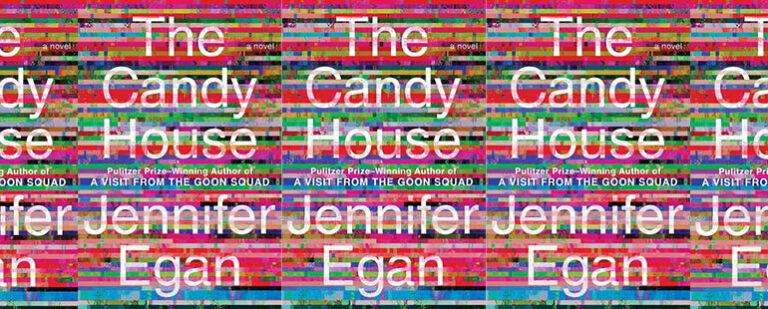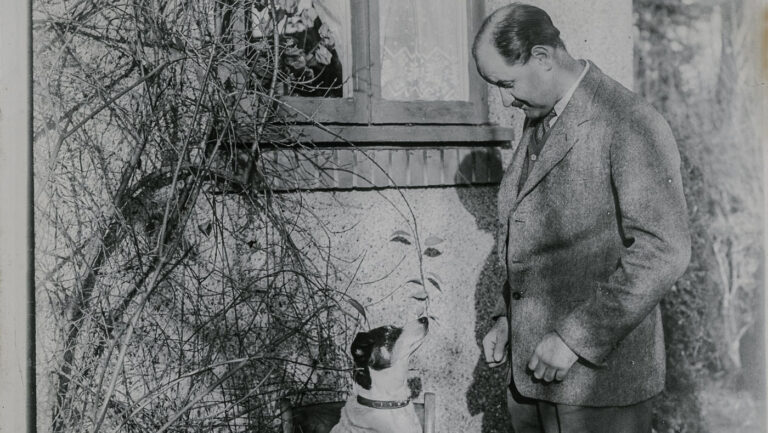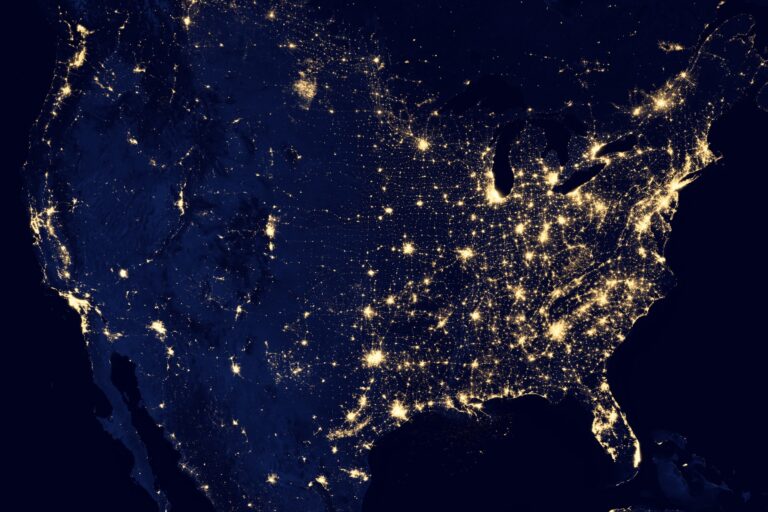Manhattan Beach’s Portrayal of the Ocean
In Jennifer Egan’s 2017 novel, the ocean invites characters to dream beyond the confines of their own lives, to become a true part of the world.
Please note that shipping will be slower than usual for orders placed between Dec. 24-Jan. 15! Thank you for your patience.

In Jennifer Egan’s 2017 novel, the ocean invites characters to dream beyond the confines of their own lives, to become a true part of the world.

At its most fundamental level, Jennifer Egan’s new novel is about stories, about how humans are inclined to shape information into narrative.

In literature, scenes of decoration are charged with dramatic potential. In leaving their marks on spaces in this exaggerated way, characters show themselves to us.

In the age of the Internet, fiction writing is changing yet again. As readers and writers, should we fear the use of technology in books? History says “no.”

Every once in a while the short story gets its moment in the literary spotlight. It happened in 2008 when Elizabeth Strout’s linked story collection, Olive Kitteridge, won the Pulitzer Prize; and again in 2013 when the Nobel Prize committee recognized Alice Munro’s lifetime achievement in the form.

Kurt Vonnegut, in A Man Without a Country (as quoted by Chuck Klosterman), writes, “I think that novels that leave out technology misrepresent life as badly as Victorians misrepresented life by leaving out sex.” Yet books set before the ubiquity of the internet often grace bestseller lists and win major awards.

Today, we have this new platform for conversation, a no-man’s land in the arena of how we communicate with one another. We can say just about whatever we want however we want, we can share and consume anything from artwork to politics, lip syncs to gun violence.

When my husband and I moved in together, one of the biggest challenges we faced was how to merge our TV-watching styles. For my husband, if the TV is on, you’re actively watching something. For me, if the TV is on, it means you’re home. (I need some kind of ambient noise, and why not…
No products in the cart.